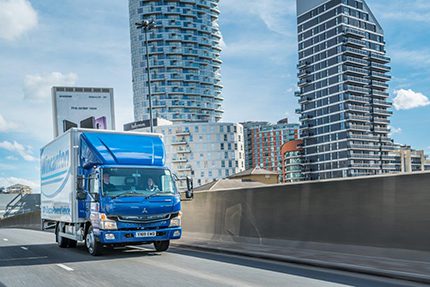News
Clean Air Zones – is your fleet up to the challenge?

For example, some city councils have suggested daily charges of up to £12.50 for taxis and private cars to drive in designated Clean Air Zones. This increases to up to £100 per day for lorries and HGVs, a significant cost, not just for businesses but inevitably for the customer.
The five cities that have been identified for the CAZ are Birmingham, Leeds, Nottingham, Derby and Southampton with London selected for an Ultra-Low Emission Zone (ULEZ). Companies which have invested in ‘clean’ engines will not incur charges but there could be a large proportion of businesses which are unaware of these changes or how they might affect them.
A recent survey from the British Vehicle Rental and Leasing Association (BVRLA), found that only 55% of small and medium-sized businesses know that CAZs are being introduced. Companies not investing in clean engines or working with reputable partners who are, risk being hit by these costs.
At Wincanton, over 70% of our fleet will meet Euro 6 standards for exhaust emissions of NOx and other pollutants by January 2019. We are confident that with the latest technology and renewal of the fleet we will meet the requirements of the CAZ for our own benefit and that of our customers. What’s more we are the first (and only) 3PL to have committed to electric trucks for urban deliveries, with a small fleet of FUSO eCanter vehicles currently being rolled out with a major customer.
However, we realise not all providers will be in this position, whether they are a 3PL or subcontractor and this means higher operating costs. If these costs eventually get passed onto customers, businesses could soon see the negative impact of high emission engines not only on the environment but also on their bottom line.
Time is ticking for companies to take action on this issue. There is a deadline of 31st December for local authorities to publish plans on what Clean Air Zones will look like and confirm charges for different types of vehicles.
From plastic to air pollution, environmental issues have never been so high on the public agenda.
www.wincanton.co.uk